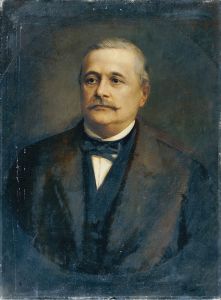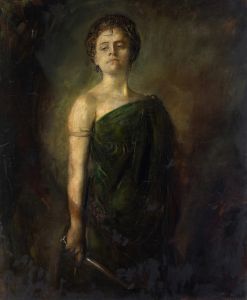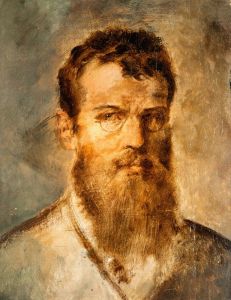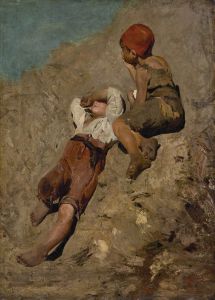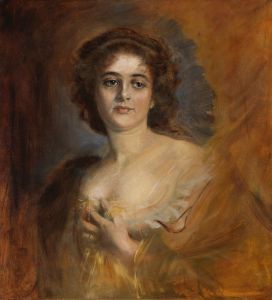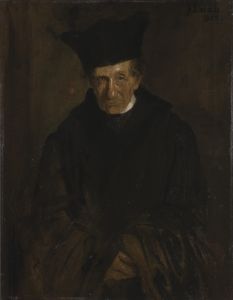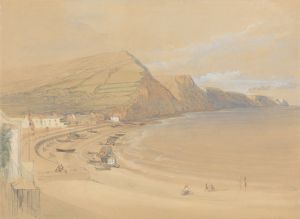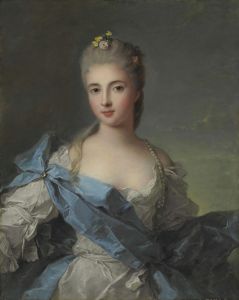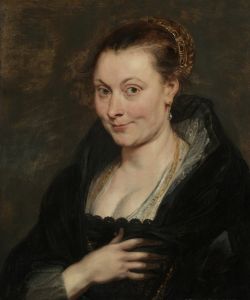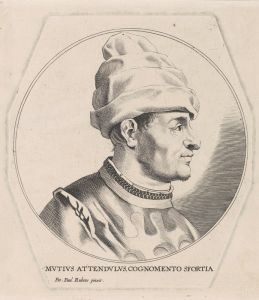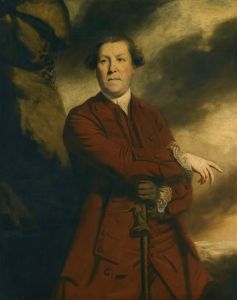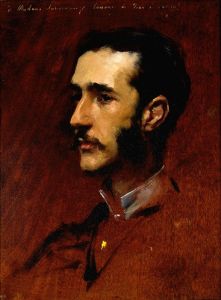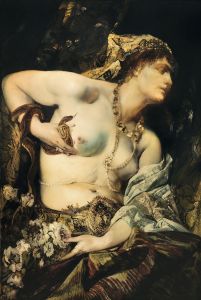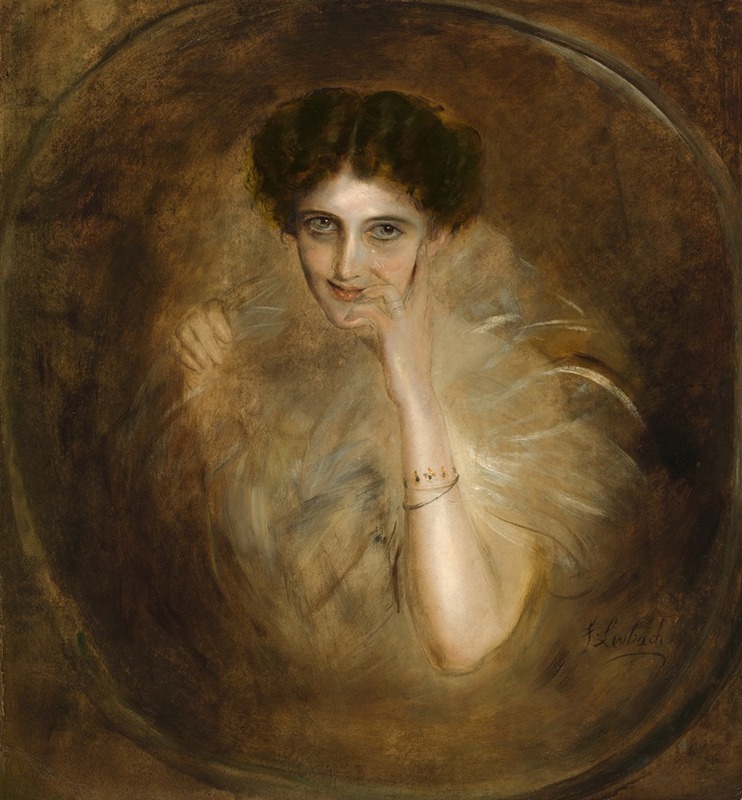
Lady Mary Victoria Leiter Curzon
A hand-painted replica of Franz von Lenbach’s masterpiece Lady Mary Victoria Leiter Curzon, meticulously crafted by professional artists to capture the true essence of the original. Each piece is created with museum-quality canvas and rare mineral pigments, carefully painted by experienced artists with delicate brushstrokes and rich, layered colors to perfectly recreate the texture of the original artwork. Unlike machine-printed reproductions, this hand-painted version brings the painting to life, infused with the artist’s emotions and skill in every stroke. Whether for personal collection or home decoration, it instantly elevates the artistic atmosphere of any space.
Lady Mary Victoria Leiter Curzon by Franz von Lenbach is a portrait of Mary Victoria Leiter, an American-born socialite who became the Vicereine of India during her husband George Nathaniel Curzon's tenure as Viceroy of India from 1899 to 1905. The painting was created by Franz von Lenbach, a prominent German portrait artist known for his depictions of European aristocracy and influential figures of the 19th century.
Mary Victoria Leiter, born on May 27, 1870, in Chicago, Illinois, was the daughter of Levi Leiter, a wealthy businessman and co-founder of the Marshall Field department store. She married George Curzon in 1895, and the couple had three daughters. As Vicereine of India, Lady Curzon played a significant role in British colonial society, hosting grand events and supporting various charitable causes. She was particularly known for her grace, intelligence, and dedication to her duties.
Franz von Lenbach (1836–1904), the artist behind the portrait, was a celebrated painter of his time, renowned for his ability to capture the personalities and status of his subjects. Lenbach's works often featured members of the European elite, and his style was characterized by a blend of realism and a subtle romanticism. The portrait of Lady Curzon is believed to reflect her elegance and high social standing, as well as Lenbach's skill in portraying the refined demeanor of his sitters.
The exact date of the painting's creation is not widely documented, but it is likely to have been painted during Lady Curzon's lifetime, possibly around the time of her prominence as Vicereine. The artwork is an example of Lenbach's mastery in portraiture and serves as a historical representation of Lady Curzon's role in the British Empire.
Lady Curzon's life was tragically cut short when she passed away on July 18, 1906, at the age of 36, due to complications from childbirth and illness. Her legacy, however, endures through her contributions to Indian society and her representation in art and history.
Further details about the current location or ownership of the painting are not readily available. The portrait remains a testament to both Lady Curzon's influence and Franz von Lenbach's artistic talent.





